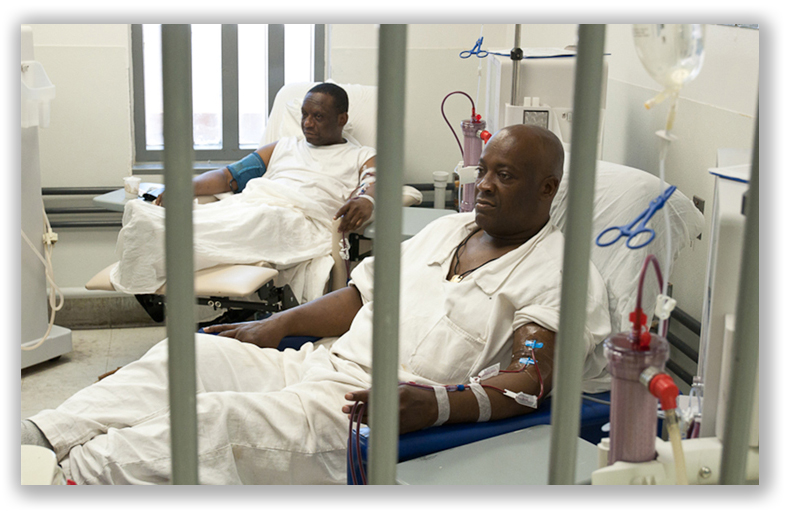We post news and comment on federal criminal justice issues, focused primarily on trial and post-conviction matters, legislative initiatives, and sentencing issues.

BOP LOOSENING CARES ACT HOME CONFINEMENT STANDARDS
An affidavit filed last Friday in a class-action lawsuit against the BOP seeking the release of hundreds of high-risk inmates at FCI Oakdale suggests that standards governing which high-risk inmates can go home may be loosening.
 The American Civil Liberties Union sued the BOP in the U.S. District Court for the Western District of Louisiana a week ago, claiming the Dept of Justice did not go far enough in a directive issued by Attorney General William Barr to begin releasing vulnerable prisoners to home confinement.
The American Civil Liberties Union sued the BOP in the U.S. District Court for the Western District of Louisiana a week ago, claiming the Dept of Justice did not go far enough in a directive issued by Attorney General William Barr to begin releasing vulnerable prisoners to home confinement.
In a filing last Friday, the BOP said it was using seven criteria to place inmates in home confinement under the authority granted to it by Section 12003(b)(2) of The CARES Act: 1) The primary offense is not violent, sex offense or terrorism; 2) the inmate has no detainer; 3) mental health care level is less than IV; 4) the inmate’s PATTERN score is minimum; 5) BRAVO (BOP’s existing risk evaluation tool) score is low or minimum; 6) the inmate has completed at least 50% of sentence; and 7) no disciplinary actions within the past 12 months.
However, the FCI Oakdale Associate Warden said in the affidavit last Thursday that the requirement that the inmate have completed half of his sentence in order to qualify has been dropped. The AW also said that he expected that “the institution may consider expanding the criteria for review” even further.
The affidavit noted that the most common reasons for ineligibility appear to be history of previous violence or sex offenses.
Placement in home confinement, once approved, still requires the release plan be evaluated by the US Probation Office. “In order to facilitate faster removal of approved inmates from the prison facility,” the AW said, “the BOP has provided its Wardens with additional guidance allowing the use of non-transfer furloughs up to 30 days in length in specific circumstances. As inmates are approved for home confinement through the above-described review process, they may also be considered for such a furlough if they meet the criteria.”
 Meanwhile, as more is being learned about COVID-19, medical conditions that were once considered irrelevant are being reconsidered. The CDC reported last week that hypertension, previously discounted as a risk factor, and obesity “were the most common comorbidities seen in patients hospitalized for COVID-19.” The study found that 50% of the COVID-19 hospitalizations studied while 48% had obesity, about 35% reported chronic lung conditions such as asthma, and diabetes mellitus and cardiovascular disease were seen in 28%.
Meanwhile, as more is being learned about COVID-19, medical conditions that were once considered irrelevant are being reconsidered. The CDC reported last week that hypertension, previously discounted as a risk factor, and obesity “were the most common comorbidities seen in patients hospitalized for COVID-19.” The study found that 50% of the COVID-19 hospitalizations studied while 48% had obesity, about 35% reported chronic lung conditions such as asthma, and diabetes mellitus and cardiovascular disease were seen in 28%.
Notably, the report said, of 580 patients with available race/ethnicity data, 45% were non-Hispanic white, while 33% were non-Hispanic black. A CDC doctor who worked on the study said this suggests “black populations might be disproportionately affected by COVID-19.”
Washington Post, ACLU seeks release of federal prison inmates where 5 died (Apr 6)
Bureau of Prisons, BOP’S COVID-19 INMATE REVIEW UPDATE (filed in Case No. 2:20cv422 (WD La., Apr. 10, 2020)
Medpage, Hypertension, Obesity Common in U.S. COVID-19 Hospitalizations (Apr 8)
Politico, Virus-wracked federal prisons again expand release criteria (Apr 11)
– Thomas L. Root

